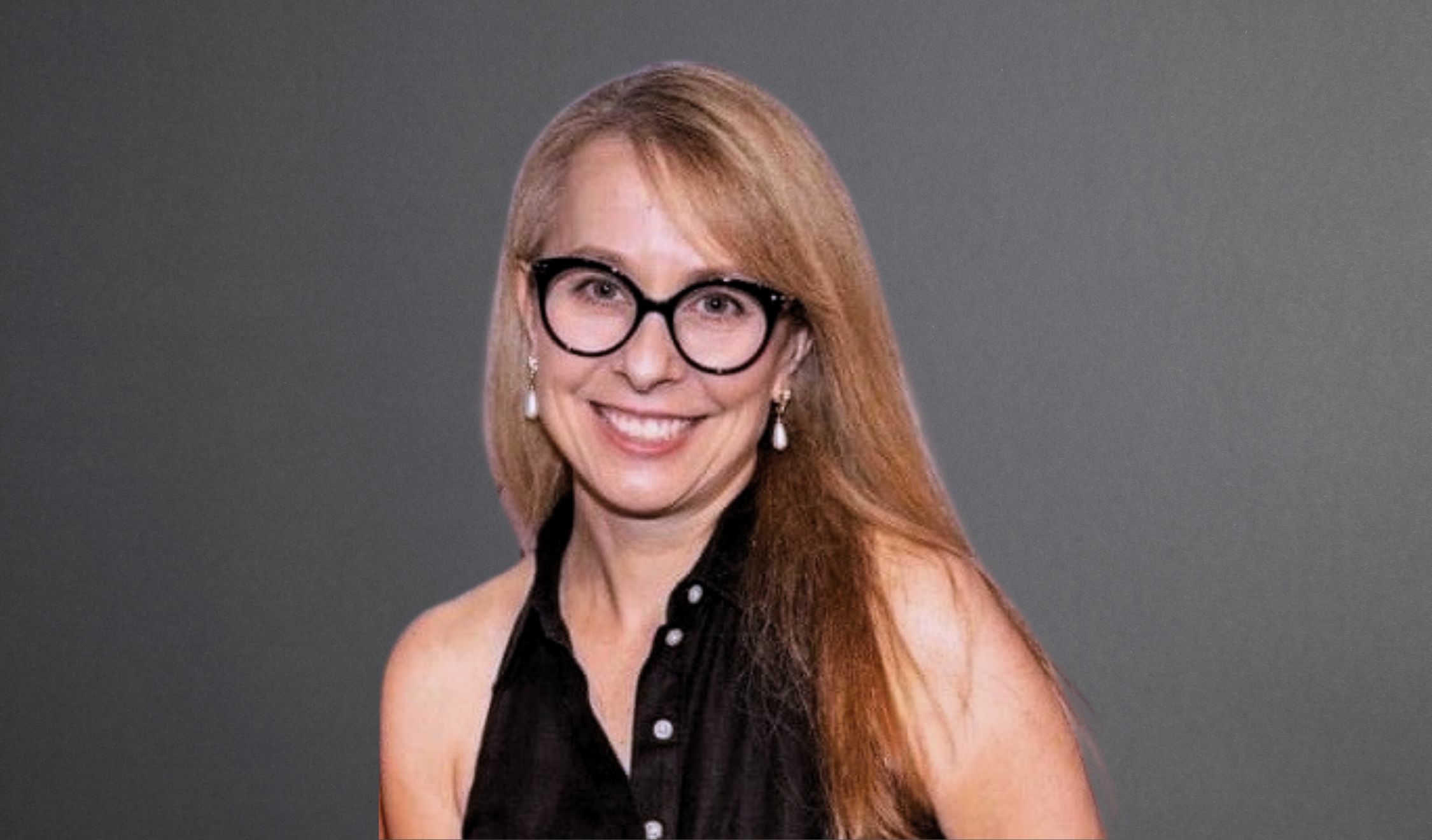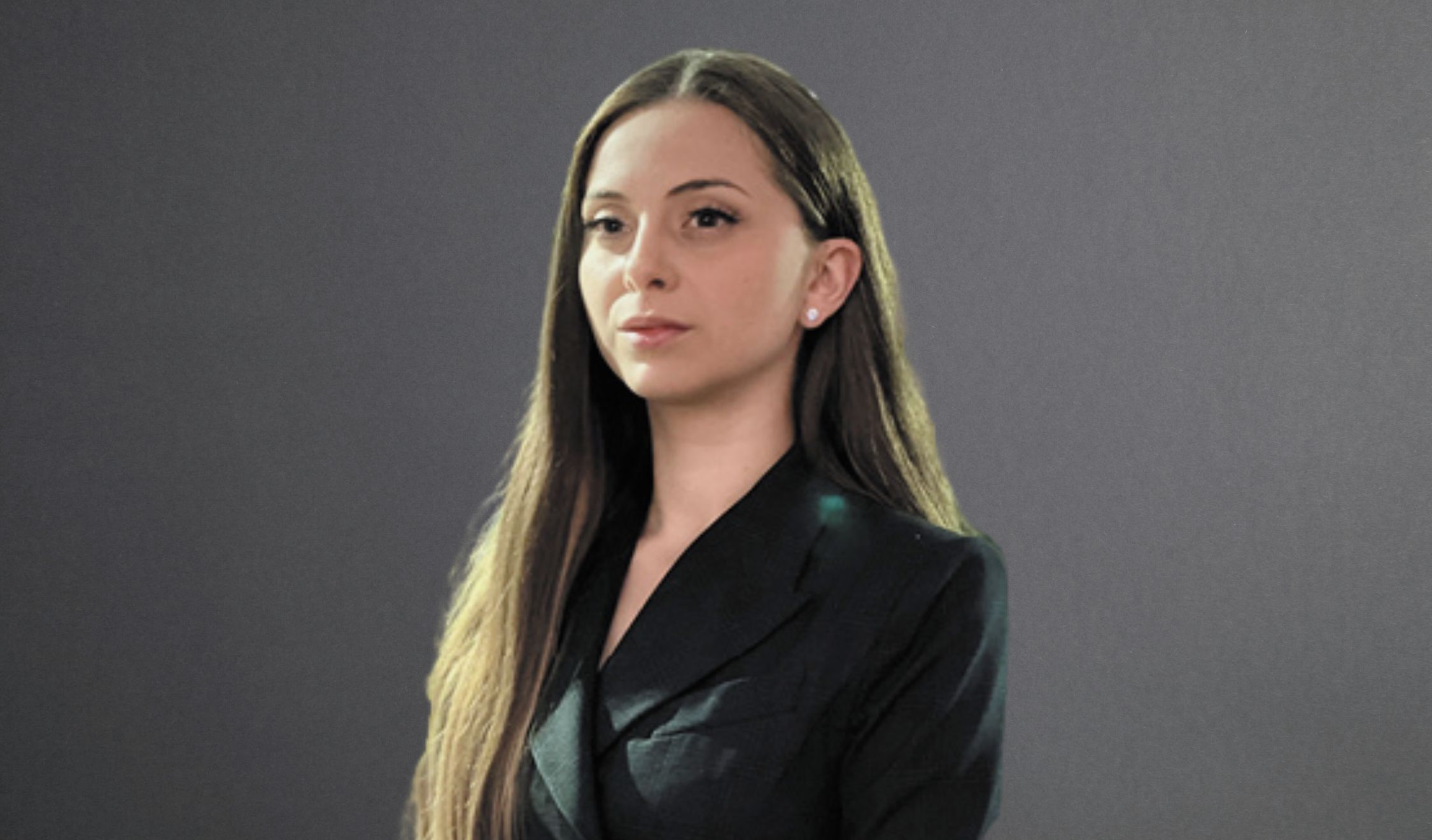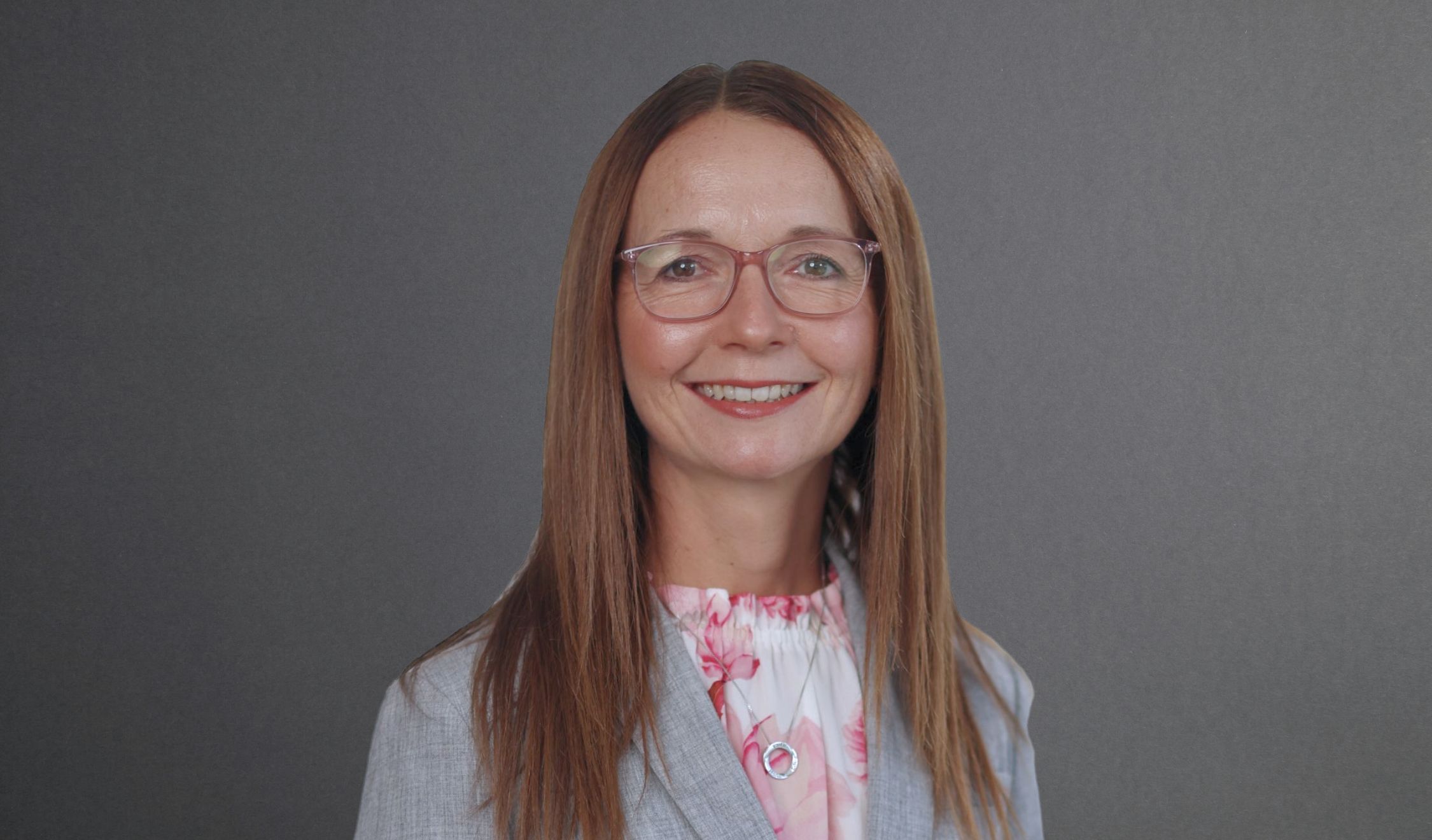Parting ways in a relationship is never easy, and family lawyers are generally the first professional separating couples encounter when they end a relationship. It’s an experience that can be fraught with acrimony, which is often further complicated by the administrative complexity of untying one’s assets, along with shared care of children, pets… not to mention the dangers of domestic violence.
For all of these reasons Angela Harbinson created The Separation Guide, which aims to make separation and divorce simpler, more manageable and less stressful. We spoke to Angela, CEO and co-founder of the Separation Guide, about what information lawyers can gain from the guide, sought insights from the recent State of Separation Impact Report, and asked how family lawyers can contribute to a better experience for those separating.
A divorce technology platform supporting the separation ecosystem
“The Separation Guide aims to help as many Australians as possible through one of life's most challenging and misunderstood experiences - separation and divorce,” Angela explains. “We aim to make separation simpler and less stressful by educating, triaging and connecting people to the professionals they need at the right time.”
“We created our divorce technology platform to support the entire ecosystem - the individuals, the professionals and programs that support them, and those affected by the downstream impact of separation, which is primarily government, health funds, super funds and employers.”
According to Angela, those affected ‘downstream’ are impacted the most from an economic perspective. This means divorce is more than a personal problem.
“It is a societal problem, one that is estimated to cost $101 billion every year,” Angela says.
The Separation Guide supports early education, de-escalation and timely advice on fairness. It encourages engagement with the law.
“It emphasises the importance of getting sound financial advice. It helps people recognise the benefits of getting emotional support through this life-changing event. Above all, it supports consumers to navigate their separation and understand the type of services they need each step of the way,” Angela affirms.
Millions of data points inform the State of Separation Impact Report
The team behind the Separation Guide (‘the Guide’) recently produced the State of Separation Impact Report, which included data from over 228,000 unique website visitors from across Australia who accessed the Guide site and 16,319 people who used the interactive Q&A.
In addition, 568 respondents completed an Impact Survey, which encompassed 38,850 data points exploring the approaches people took, their agreed asset splits, the time, cost, stress and impact at work.
“Further quantitative data came from Plenti, JustFund, FamilyProperty, Settify and Smokeball,” Angela notes. “These organisations contributed data around volume of engagement in legal technology, timeframes to complete matters and efficiencies, along with funding metrics covering the most commonly requested loan values, highest and lowest values.”
The report also included quantitative responses from professional network members who have fed into the continuous improvement of the product to ensure the connection between consumer and professional is as seamless as possible.
“All in all, the report included millions of data points to help paint a picture of the current state of separation in the country,” Angela says. “An external data analyst reviewed all of the data and worked with our inhouse team in determining the key findings and writing the report.”
The impact of early advice, frontloaded mediation and managing client emotions
The depth of data and analysis in the report provided a wealth of insights. Here are the top three findings from the Guide’s research.
1. Early education and professional advice about separation deliver the best outcomes for individuals and society. People who received early education and advice had better outcomes on cost, time to reach a resolution, stress, impact at work and fairness of outcomes metrics.
2. Frontloading mediation can have better outcomes for couples suitable for a more amicable separation pathway. Qualitative and quantitative research found that the ‘lawyer first’ approach at times did not serve amicable couples well, causing unintended escalation. The Guide's model, called ‘Guided Separation,’ places a legally qualified mediator and FDRP at the front of the process, with independent legal advice to check fairness and draft orders at the end. This helps couples remain amicable and reach a fair resolution more quickly and cheaply.
3. A client's emotional state can significantly impact the separation process. People in a state of depression, denial, or anger are less likely to make positive decisions. This highlights the importance of counselling and divorce coaches in helping people get into the right mindset before they enter the legal process.
Feedback from the legal sector
Fiona Kirkman, a Mediator at Kirkman Family Law, Global Family Law Evangelist at Smokeball and a panellist at the State of Separation Impact Report Launch, agrees with the above insights.
“Family law is not just a legal problem but an emotional and financial one, requiring a holistic and interdisciplinary approach,” Fiona says.
Fiona actively engages in both party-only and legally assisted family mediations, where she's observed first-hand the positive impact of involving an independent mediator early on in the process.
“A ‘mediator first’ approach allows me to case manage the matter, make timely referrals to family lawyers and other professionals, and, importantly, helps clients to work through their separation journey together instead of against each other,” Fiona says.
Financial pressures driving rise in acrimonious separations
The State of Separation Impact Report revealed acrimonious separations are on the rise, driven by financial issues.
“Firstly, we observed that rising costs are contributing to growing tensions. Economic uncertainty often leads to higher divorce rates,” Angela says. “Our research found a correlation between rising interest rates and increased separation inquiries, indicating a parallel rise in acrimony.
“We expect this trend to persist and contribute to the increasing number of separated people compelled to share a residence due to financial constraints. This figure hit 56% in December 2022 and remains high this year, leading to further tension in relationships.”
The second area was around financial awareness.
“Our research reveals that women have lower financial confidence and less trust that their partner will disclose all of their assets and liabilities. This distrust pushes them into more acrimonious pathways.
“The third was the lack of disposable income to pay for divorce,” Angela says. “Data from Plenti and JustFund shows how more people need to borrow to fund their divorce, with a 55% increase in loan applications. JustFund reported that women are three times more likely to borrow money to fund their divorce and the most common loan value was $25,000.”
Succeed by leading with empathy, adjusting communication and emotional awareness
While a ‘lawyer-first’ pathway is not always the choice separating couples make, especially those parting amicably, lawyers are still often the first professional people encounter when they seek to separate.
“Family lawyers traditionally play a critical role in the separation process and are often the first profession people engage with for support,” Angela says. “However, as the report highlighted, adversarial behaviour and cost escalation by some in the profession have influenced consumers' engagement in the law, seeing more people turning away from the law in favour of doing the process themselves and not engaging with the law at all.”
Angela believes lawyers have a crucial role to play as they help their clients navigate a fraught and challenging time.
“It’s important to lead with empathy,” Angela advises. “Recognise that a separation is an incredibly stressful experience and often your client will be in ‘fight and flight mode,’ meaning they are not at their best. The lawyers who do well at this are very good at speaking to their clients in plain English and giving them a business case for why fighting isn’t always in their best interest.”
Angela also suggests that lawyers monitor and adjust their communication style.
“Often, letters of demand or professional correspondence are shared with clients, and it can cause unintended escalation,” Angela observes. “As lawyers, you are familiar with the confrontational frame. For a consumer unfamiliar with legal terms, this communication can increase tensions and stress, leading to more erratic behaviour.”
Finally, she urges lawyers to understand where their clients are at, emotionally.
“People have better outcomes when in the right mindset to engage in the legal process. Our data shows that those still in the early emotional stages are often less likely to receive amicable pathways,” Angela says.
“The Separation Guide Q&A brief empowers professionals with information about their clients, including their emotional state when they complete the Q&A. It also helps lawyers and mediators collaborate with other professionals in the ecosystem by showing a full view of their client, their needs and the resources they requested.”
Avoid a ‘DIY approach’ to separation
Angela also cautions separating couples against using a ‘DIY approach.’
“We know that a DIY approach does not always result in a fair outcome, particularly when a primary caregiver is in the relationship,” Angela says. “Not engaging with the law to save money in the short term is a risk that can lead to long-term financial disadvantages for one of the parties.”
“We've seen how legal technology can bridge that gap to allow clients to begin the process themselves as a way to keep costs down while still engaging with professionals at crucial points. Lawyers can harness this by embedding legal technology into their processes and sharing this benefit with their clients.”
Fiona Kirkman agrees and encourages lawyers to utilise the FamilyProperty and Smokeball online intake tools as they provide efficiencies to lawyers, and give clients a level of self-access that helps everyone better prepare for the matter.
“It minimises the risk of errors as information is collected accurately upfront and then populated into Court forms and other documents,” Fiona explains.
In addition to online intake, technology helps clients resolve matters sooner, with Smokeball reporting an improvement in the average number of days a matter was kept open, seeing a reduction in time of 43.5%.
“Legal technology enables you to automate the administration of family law work,” Fiona says. “It frees legal professionals to focus on outcomes, providing time and cost-saving benefits to clients.
According to Angela these tools increase a critical access to justice.
“By embracing the opportunities the Guide provides, we can create a legal system that is consumer-focused, efficient, and supportive, leveraging technology and embracing new approaches to enhance access to justice for all.”








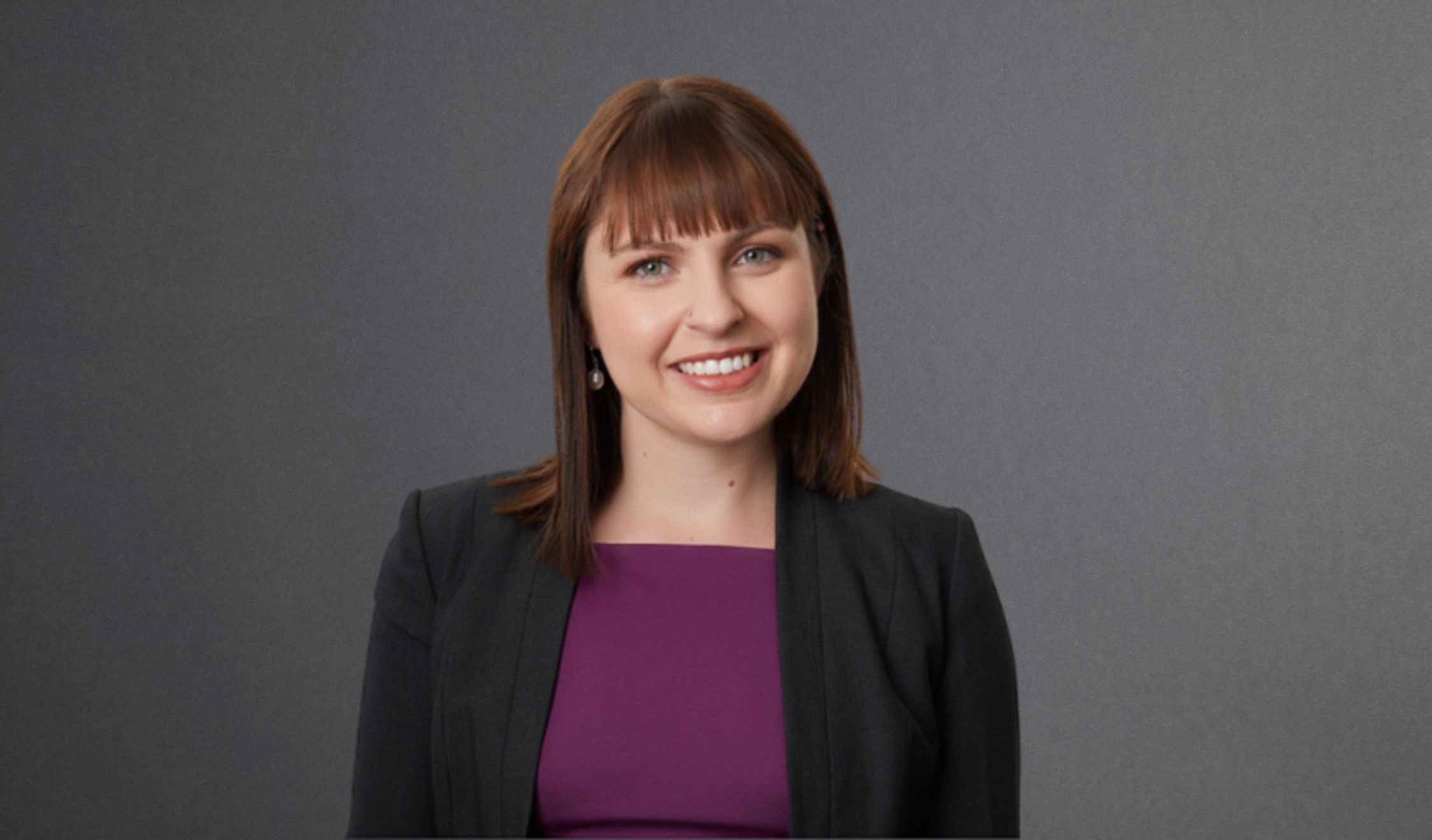































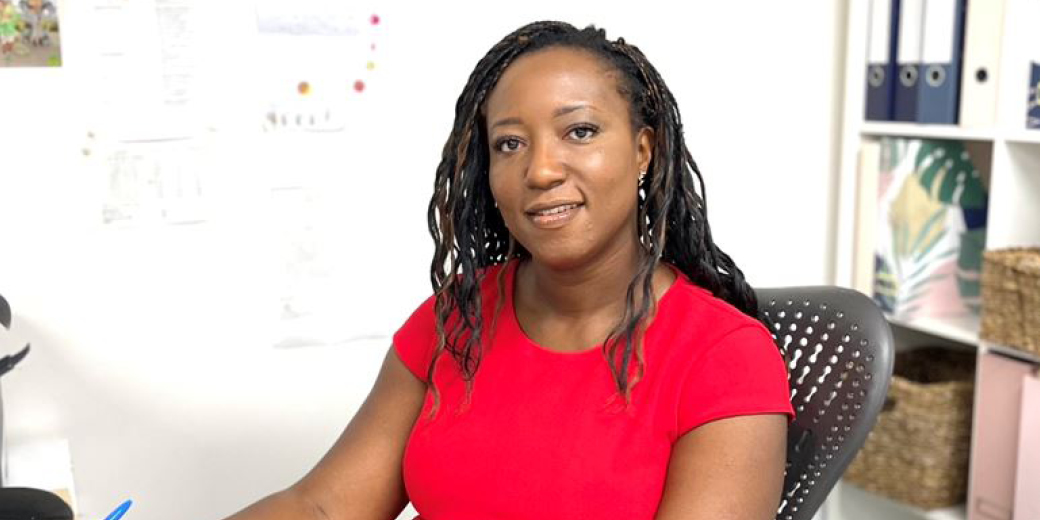



![How to handle Direct Speech after Gan v Xie [2023] NSWCA 163](https://images4.cmp.optimizely.com/assets/Lawyer+Up+direct+speech+in+drafting+NSW+legislation+OCT232.jpg/Zz1hNDU4YzQyMjQzNzkxMWVmYjFlNGY2ODk3ZWMxNzE0Mw==)










